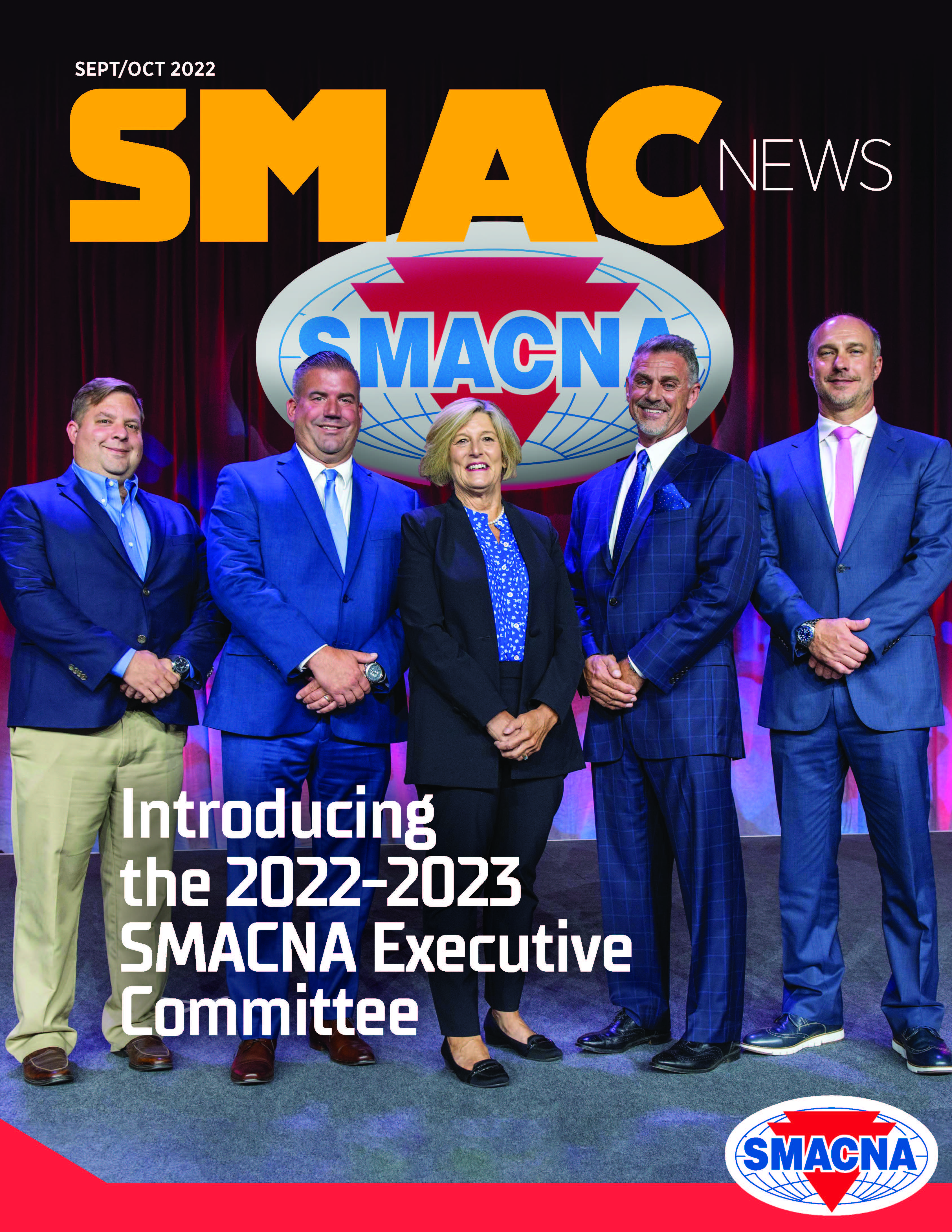Finding and Keeping Good Field Leaders
Field supervisors, project managers and superintendents represent an outsized slice of the struggle to attract and retain talented people. There are two major challenges to finding and keeping good field leaders.

Ethan Cowles
Field supervisors, project managers and superintendents represent an outsized slice of the struggle to attract and retain talented people. There are two major challenges to finding and keeping good field leaders. The first is the overall construction talent shortage; the second is the trend toward being asked to do too much too soon. Overwork and a lack of skills training and career support are huge issues in construction. Research shows that stress and burnout are more pervasive among less experienced construction workers and that professional development is the antidote.
Most firms recognize the importance of talent development, but many of them overlook the need for field staff to hone their business skills. Field supervisors are in a position of leadership and need experience and training to plan projects, prevent rework and keep crews productive. Both formalized skills training and systemic processes that foster learnings have an outsized impact on project performance.
Pre-Planning Involvement
Often, field supervisors only come into the office when they are between projects. This is a missed opportunity because when field leaders are involved in project planning, they can assess the logistics of mobilization and document what they need based on the scope of work. Once they have been brought into the loop, field supervisors can visit the job site and consider their manpower, tools, equipment, materials and additional information needs.
On job site visits, field supervisors should consider:
• Access to the site for delivery trucks and machinery.
• Traffic patterns, school zones, foot traffic and neighborhood particulars.
• Utility locations, locates and overhead restrictions.
• Locations for parking and portable toilets.
• Location and size of laydown yards.
• Status of project: Is it/will it be ready to mobilize?
Following the site visit, a field leader should:
• Create a list of tools and equipment needed.
• Set out the first set of goals and short-interval plans. What do we need to be productive for day one, hour one?
• Provide input/confirmation on budget and schedule.
• Any questions or concerns prior to mobilization.
Early involvement lifts productivity, profitability and overall project success. Field leaders with budget management, performance tracking, mentoring, time management and other project management training can do a better job of lifting overall performance.
Skills Training and Mentorship
Previous generations of field leaders learned through on-site experience and may not have had formal training. Now, with a shortage of experienced field leaders, people are being asked to lead without the experience they may have had in the past. Building the right skills in your next generation of field leaders requires intentionality.
Start by assessing your employees’ skills and competencies. Define the minimum requirements for roles and what is needed to meet or exceed those expectations. Next, measure these skills and offer resources to support them.
Creating a learning lab for younger project managers exposes them to complex projects and operations. This builds confidence and can reduce burnout. Formal mentoring arrangements enable knowledge transfer and allow more staff members to take ownership of projects.
Invest in Field Leaders or Risk Losing Them
Field leaders, supervisors and project managers understand projects better than anyone else. No matter how finely tuned the communication channels, no one knows where a project stands unless someone in the field is tracking its performance. Field leaders touch almost all aspects of a job and shoulder a significant share of project risk. They are at risk of burnout, being poached and/or leaving the industry. Investing in their skills isn’t just a project imperative; it can help you win the game.
Companies that invest in field supervisors can lower business risk by building a deep pipeline of strong talent, enhance their ability to execute on projects, increase employee engagement and organizational loyalty, and improve field leaders’ ability to take on greater responsibility. Only then can individuals reach their peak potential as leaders, understand their leadership effectiveness through feedback and coaching, and learn how to improve their leadership performance.
Ethan Cowles, partner, FMI’s Performance Consulting, helps labor-intensive contractors become more effective and financially successful. Reach him at ethan.cowles@fmicorp.com.
Published: October 31, 2022
IN THIS ISSUE
Big Project Requires Big Ductwork
Apollo Mechanical tackles a project for one of the world’s largest manufacturers in the semiconductor industry.
Building Based on Relationships
This Canadian sheet metal company is thriving without a shop, building a successful business on the back of great relationships.
Capitol Hill Update: FY2023 Budget: Chaos Again With No Final Budget
The House has passed one government funding package consisting of six spending bills for the fiscal year that begins on Oct. 1. But the remaining six measures — including the two biggest bills, Defense and Labor-HHS-Education — won’t see any floor
CEO UPDATE: SMACNA Focuses On 2023 Priorities
It was wonderful to see so many SMACNA members at our convention in Colorado Springs. The Broadmoor is one of my favorite destinations, and it did not disappoint. I have always admired their ability to provide outstanding customer service every time
Expanded Section 179D Tax Savings for Energy-Efficient Building & Design
The Inflation Reduction Act, signed and passed into law on August 16, 2022, includes $369 billion in climate and energy spending.
Finding and Keeping Good Field Leaders
Field supervisors, project managers and superintendents represent an outsized slice of the struggle to attract and retain talented people. There are two major challenges to finding and keeping good field leaders.
Focusing on Fire Safety
SMACNA introduces Fire, Smoke, and Radiation Damper Installation Guide for HVAC Systems, 6th Edition.
In-House, Local Fabrication Helps Secure Building Project
IMC’s location, unique skillset and general contractor relationship secures them a 5-story, mixed-use building project in Sioux City, Iowa.
NLRB’s Recent Activity Constrains Employer Dress-Code Rights, Increases Joint-Employment Exposure
A flurry of late-summer activity from the Biden-dominated NLRB has produced at least two noteworthy changes for employers regarding displays of union insignia, and joint-employer status.
SMACNA Convention: Building Resilience Through Adaptation
Amid constant change, SMACNA convention attendees learn to adapt and grow.
Spotlight On Indoor Air Quality
It is a great privilege to serve as SMACNA’s president and to have seen so many of you at SMACNA’s National Convention in Colorado Springs. As I mentioned on stage, one of my favorite sayings to live by is, “If it's worth doing, it’s worth doing
Welcome New SMACNA Members
Welcome New SMACNA Members
What All Contractors Need To Know About CMMC
Honestly, this is the freight train that is heading toward the construction industry, and while some contractors are aware and working on this, so many companies in construction have no real clue about this potentially harmful (financially)


